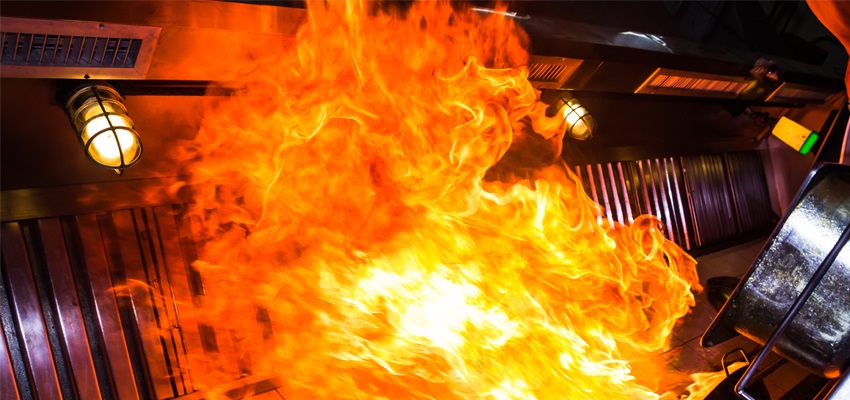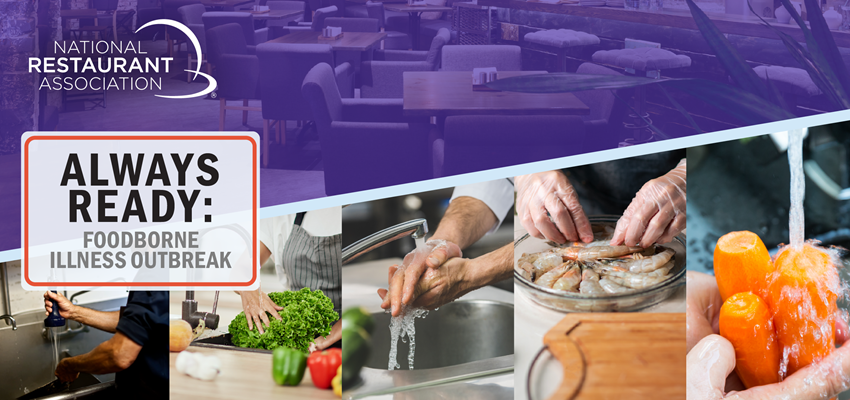Fight the threat of fire with prevention practices

The guide offers tips for recovery, including cleanup duties, assessing which foods are salvageable, recommendations for communicating with everyone, and handling media inquiries.
Open flames, heating elements, warming lights, hot oil, grease traps, cleaning chemicals and heavy-duty electrical loads are par for the course in most foodservice operations. Maintained well, these elements are what it takes to turn out the delicious meals customers crave. But when maintenance slips or old equipment and wiring fails, the combustibility inherent in a restaurant operation is a real concern.
U.S. fire departments receive reports of more than 9,000 structure fires in eating and drinking establishments each year, according to the National Fire Protection Association (NFPA). Between 2017 and 2021, these fires caused annual losses of more than 100 civilian injuries, and $175 million in direct property damage.
Your guide to get ready
Always Ready: Fire delivers steps to take before a fire ever breaks out, including assembling a crisis management team, charging them with creating an “In Case of Fire” plan and scheduling fire drills for employees.
The guide explores insurance coverage to consider in advance to be protected in case of a fire on premises and how to document your operation’s assets (photos, video) for insurance purposes. It helps you identify critical documents to back up and shares how and who to include on an emergency contact list for crisis communications and to rebuild and reopen.
A robust list of questions will help your crisis management and regular management teams assess the operation’s risk level. Fire ordinances for restaurants vary by locality and restaurant type, so the best risk assessment comes from local fire safety authorities.
Risk mitigators include equipment and kitchen exhaust cleaning (frequency), proper chemical storage and labeling, grease trap cleaning, proper electrical load bearing, and rooftop inspections.
Training staff in safety measures
The crisis management team will want to set up a schedule for training the restaurant staff in fire safety. In addition to running through fire drill scenarios (which will quickly identify holes in communication, direction and evacuation issues), employees can be trained to identify potential fire hazards, to know when to fight a flareup or flee a fire, how to use extinguishers and fire blankets, and how to evacuate.
Recovery after a fire
In the case of a restaurant fire, Always Ready: Fire delivers tips for recovery. Included are cleanup duties, how to assess which foods are salvageable, recommendations for communicating with staff and the community, handling media inquiries, and reopening.
Always Ready: Fire cites the recommendations of numerous fire and workplace safety authorities including the NFPA, OSHA, and the Association of Food and Drug Officials, along with input from restaurant operators and restaurant brand risk managers. It is the second in a planned series of Always Ready emergency preparedness guides, which are available free for download.
